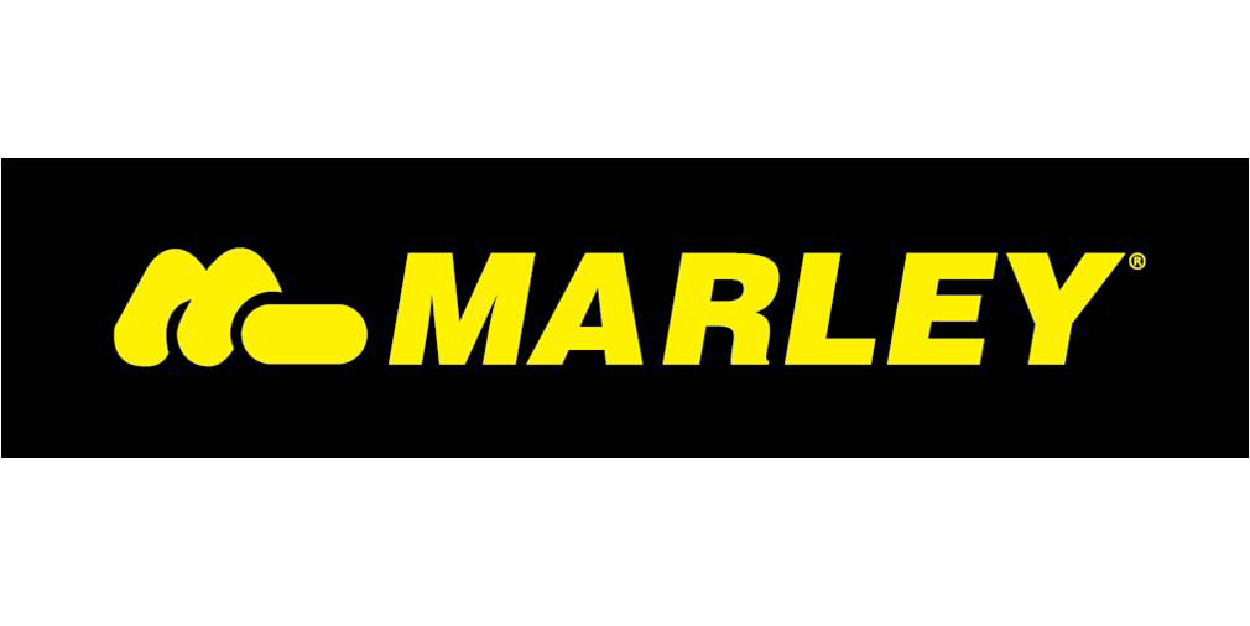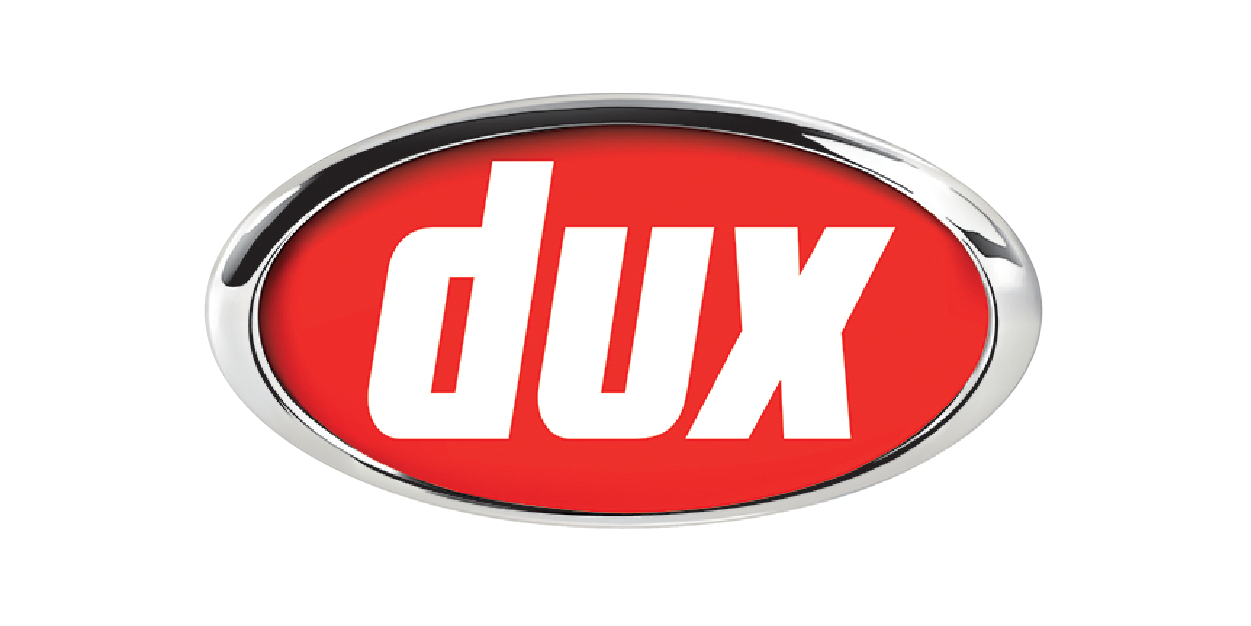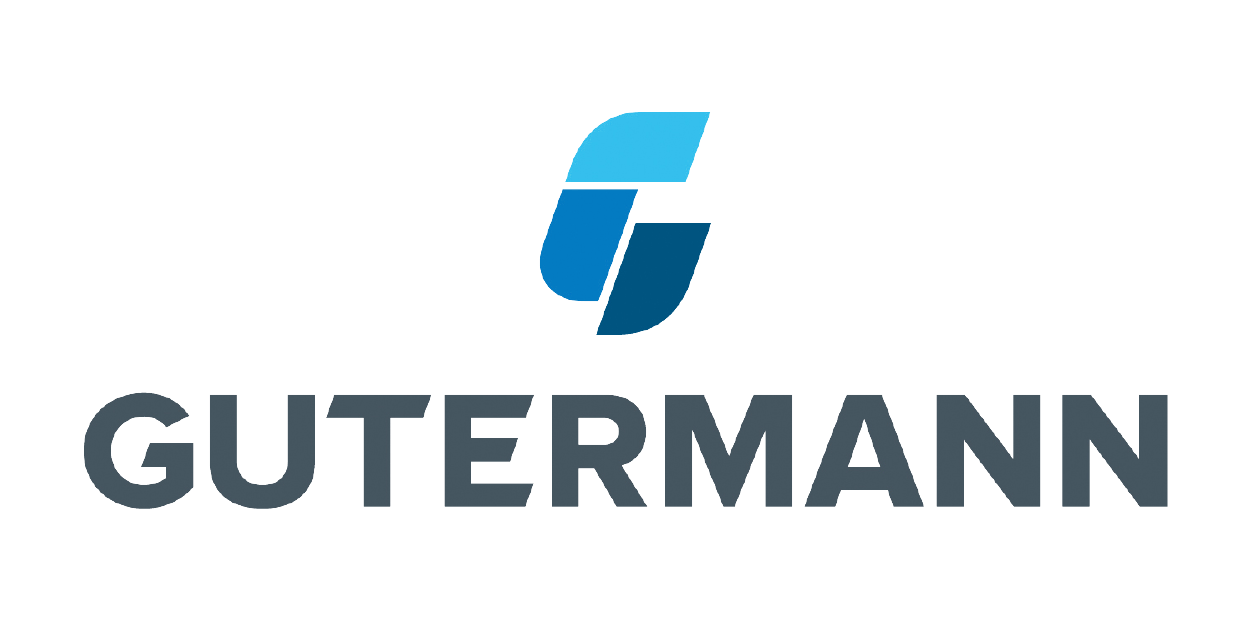
Call Today 09 973 4973 or
Explore how leak detection is an integral part of water stewardship, reflecting a commitment to responsible management and a sustainable future for water resources.
Introduction
Leak detection is an essential aspect of water stewardship, representing responsible water management. This document examines the collaborative efforts and commitment that shape a sustainable future for water resources.
Understanding Water Stewardship
Water stewardship is the collective responsibility of governments, businesses, communities, and individuals to manage water resources sustainably.
The Role of Leak Detection in Water Stewardship
Leak detection plays a vital role in water stewardship by identifying and preventing water waste.
Collaborative Efforts in Water Stewardship
Water stewardship requires collaboration across various sectors to promote awareness, action, and accountability.
Governments
Governments enact regulations, provide funding, and coordinate efforts to ensure responsible water management.
Businesses
Businesses adopt sustainable practices and technologies, including leak detection, to minimize water waste.
Communities
Local communities engage in awareness campaigns and conservation initiatives, reflecting a grassroots approach to stewardship.
Individuals
Individual citizens contribute by adopting water-saving habits, utilizing leak detection, and participating in community efforts.
Benefits of Water Stewardship
Water stewardship, including leak detection, offers a range of benefits that extend beyond conservation.
Environmental Protection
Stewardship practices protect natural ecosystems by reducing pollution and overuse of water resources.
Economic Efficiency
Responsible water management leads to cost savings and economic efficiency for both consumers and providers.
Social Responsibility
Water stewardship reflects a broader commitment to social responsibility and community well-being.
Challenges and Considerations
While water stewardship is essential, there are challenges and considerations that must be addressed to achieve meaningful impact.
Balancing Stakeholder Interests
Coordinating efforts across diverse stakeholders requires balancing interests and finding common ground.
Technological Barriers
Adoption of advanced leak detection technologies may face barriers in terms of cost, accessibility, and technical expertise.
Public Awareness and Engagement
Increasing public awareness and engagement is crucial for the success of water stewardship initiatives.
Conclusion
Leak detection and water stewardship are interwoven in the pursuit of a sustainable future for water resources. The collective commitment to awareness, action, and accountability lays the foundation for responsible water management.
Suppliers




